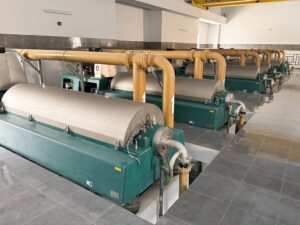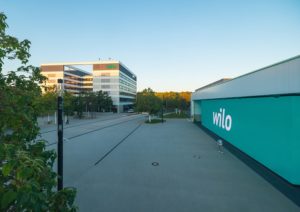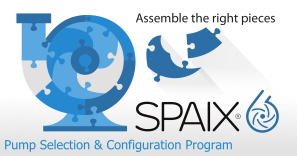Mega Cities: Challenges and Opportunities in Urban Infrastructure Solutions
Over half the world’s population lives in urban areas, the majority in mega cities, of which there are 30, each of them home to between four and ten million people. By the year 2015 the number of mega cities is expected to rise to 60, with a combined population of 600 million. Currently cities account for around two-thirds of global energy consumption, 60 percent of water consumption and 70 percent of greenhouse gas emissions.
According to Professor Martin Faulstich, Chairman of the Advisory Council on the Environment (Sachverständigenrat für Umweltfragen) of the German government, these figures represent both a challenge and an opportunity: "Urban regions offer excellent opportunities for sustainable networking of supply and consumption as well as energy and mobility." This recognized expert from the Technical University of Munich is the keynote speaker in the Congress Forum entitled "Mega Cities – Mega Chances", which takes place on May 7, 2012 at Ifat Entsorga.
This is also the approach followed in this theme at the World’s Leading Trade Fair for Water, Sewage, Waste and Raw Materials Management. Mega cities offer opportunities and are a challenge for future ways of living. Already today, the exhibitors at Ifat Entsorga are offering solutions for the challenges of tomorrow and in doing so, they are opening up opportunities for themselves in a highly lucrative market.
Siemens AG, for example, has calculated that the urban market they can address is currently worth a total of around 300 billion euros per year. In the light of the importance of this segment, Siemens set up a new business sector at the company last year, under the name of Infrastructure & Cities. Dr. Willfried Wienholt, VP, Urban Development, Siemens, and also a speaker in the Congress Forum, sees cities as "facing the challenge of aligning growth and quality of life."
Accordingly, the theme blocks at the Mega Cities event have therefore been arranged into solution focuses, tied in closely with the products, services and technological innovations exhibited at Ifat Entsorga.
One particularly significant challenge for mega cities – explored at the congress using the example of South America – is sustainable management of water and waste water. Georg Huber, Chairman of Huber SE of Berching, knows that "in many cities supplies of water are insufficient. Processing waste water decentrally and turning it into high-quality water for industrial use can help alleviate the situation." Heiner Markhoff, too, President and CEO of GE Power & Water, Water & Process Technologies, explains: "Membrane bioreactors are increasingly becoming the preferred technology for waste-water treatment in many areas of Europe and in densely populated areas around the world. The discharge from these reactors can be used for irrigation or as process water in industry."
Mega cities also place significant new demands on the logistics of disposal of waste, as Dr. Johannes Kirchhoff, Managing Partner, Faun Umwelttechnik GmbH Co. KG, explains: "In many cities around the world large quantities of waste materials, of different types, are being identified, collected, handled and transported in very confined areas." His company, based in Osterholz-Scharmbeck, supplies collection vehicle technology for use in densely populated residential districts: their vehicles are set up at predefined locations and for pre-determined periods of time – like a bus at a bus stop – for people to deposit their waste in. "This kind of logistics," says Kirchhoff, "is already being used in mega cities in China, for example, as an alternative to the usual, stationary local collection and handling centers. It also then avoids the problem of vermin or smell which can so often affect the residential district around such stationary facilities."
The Congress Forum on Mega Cities – Mega Chances takes place on May 7 from 13:00 to 18:00 in the Forum in Hall A5.
Source: Messe München GmbH







